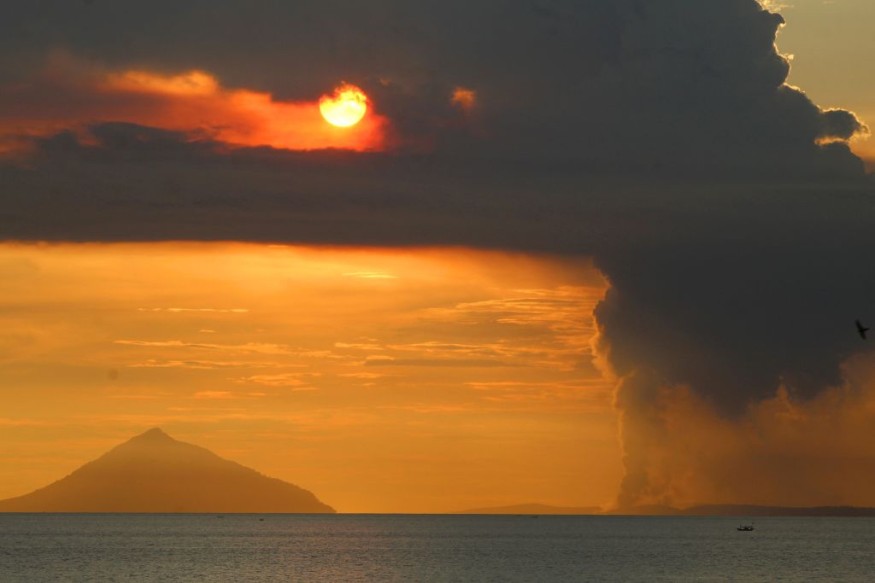Volcanic eruptions are some of the most evident yet hard-to-grasp natural phenomenon on our planet. Yet, the availability and complexity of current technology only allows scientists to make proximate forecasts rather than absolute ones. This technological challenge makes predicting volcanic eruptions accurately to still be far from reality.
However, a new study published last week in Nature Geoscience suggests that scientists were apparently able to be one step closer to conduct a successful volcanic eruption forecasting. The unprecedent findings could finally address the decades-long challenge faced by volcanologists.
Volcanic Eruption Forecast

Michael Poland, from the United States Geological Survey (USGS), told VOA news that any kind of information that their team could utilize will be significant. Poland also adds the earlier authorities warn people the lesser the impacts of such eruptions.
The groundbreaking research comes after Poland and his team found that using satellite observations can forecast some eruptions, even "weeks or months in advance." The USGS official said this is made possible through observations on underground molten rock or magma.
Related Attempts
In the past, volcanologists and other scientists' attempt to conduct volcanic eruption forecasts were met with a mixture of failures and successes. Since long-range forecasting is still impossible at this time, most of these attempts rely on short-term predictions. This is apart from forecasting volcanic eruptions based on ongoing volcanic activities.
In relation to the study, the USGS previously announced that its Volcano Hazards Program (VHP) successfully conducted a short-term forecast of volcanic eruptions by using monitoring data and volcanic history.
Amongst all natural hazards, volcanic eruptions have a relatively longer warning phase before the start of an eruption, which can last longer than other natural calamities, according to the USGS.
The predictions were made by scientists from five U.S. Volcano Observatories indicated below:
- Alaska Volcano Observatory (AVO)
- USGS California Volcano Observatory (CalVO)
- USGS Cascades Volcano Observatory (CVO)
- USGS Hawaiian Volcano Observatory (HVO)
- Yellowstone Volcano Observatory (YVO)
The scientists conducted geological investigations and volcano real-time monitoring to address the following inquiry relating to the following factors:
- Occurrence
- Eruption style
- Manner
- Time
- Duration
- Related events
Tonga Volcano Eruption
Earlier this year, the Hunga Tonga-Hunga Ha'apai volcano or Tonga volcano erupted on January 15, releasing an extremely strong seismic wave underneath the Earth and atmospheric wave into the planet's atmosphere.
The impact emitted volcanic earthquakes which caused large-scale tsunami throughout the Pacific Ocean, affecting countries and regions, including Tonga, the Western United States, New Zealand, Japan, Russian Far East, Chile, Peru, and Japan.
With regards to casualties, there were only three direct fatalities and one indirect fatality recorded in Tonga, according to reliefweb.
Tonga's underwater volcanic eruption highlights one of the strongest of its kind in recorded history. However, it also magnifies the current capabilities of our current geological technology. This is the case since no individual or group had accurately forecasted the magnitude or intensity said January eruption.
The achievements showed in the new study and by the USGS VHP team is only one of the many instances that scientists could get closer in attaining a more accurate prediction when it comes to both short-term and long-term volcanic forecasting.
Related Article: Volcanic Eruption: New Study Finds Water Affects Magma Depth
© 2025 NatureWorldNews.com All rights reserved. Do not reproduce without permission.





